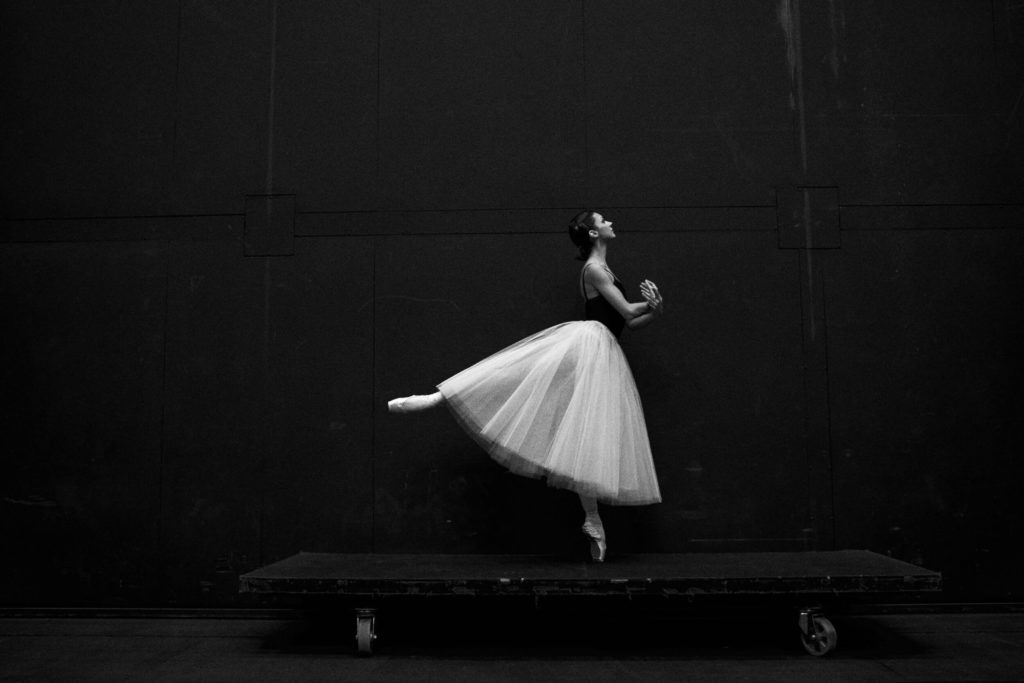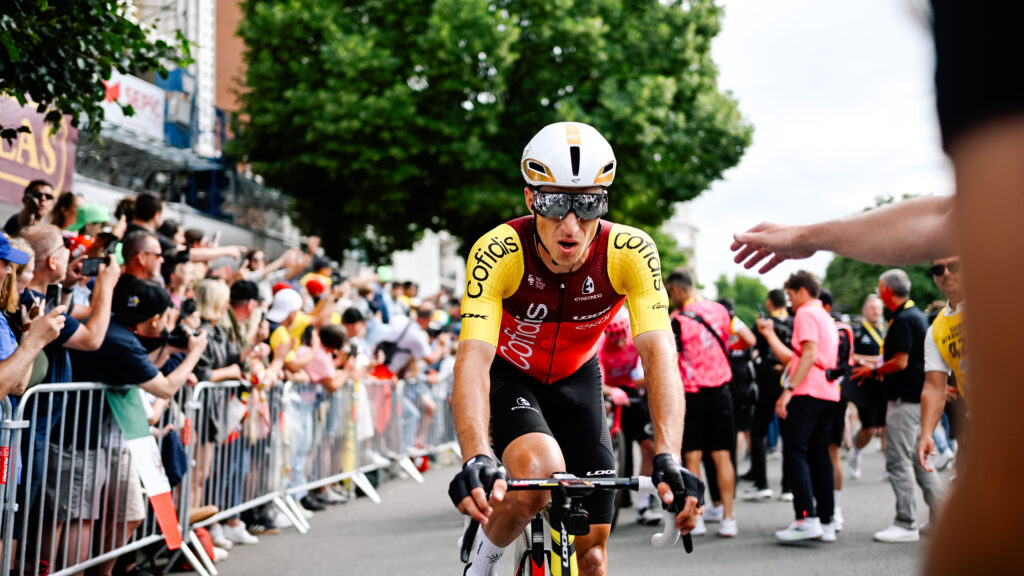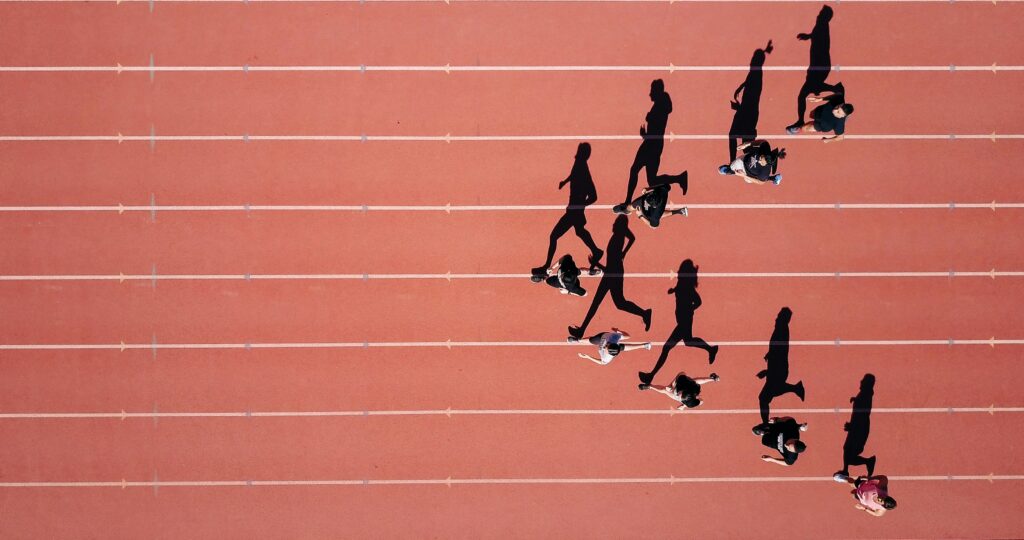Right after winning the five-hour long 2019 Wimbledon final, Novak Djokovic famously said, “When the crowd chants Roger, I hear Novak.”
I am where my attention is.

Focused attention is the brain’s ability to concentrate its attention beam on a target stimulus for a certain period of time. Focused attention is one that makes it possible to instantly identify relevant stimuli. This means that only the information captured in the attention range will be perceived and processed. Part of it travels through the conscious pathway, the part that makes us notice that we have perceived it voluntarily, and part of the information is perceived subconsciously; we won’t be aware of it, as it is involuntary.
Athletes can often increase their awareness and sensitivity to information (internal and external) and simultaneously control where and what the attention focuses on. The ability to do the same can change our performance and the way we cope with different situations.
Science
The brain systems that control your attention. According to Daniel Kahneman, the brain has two systems that monitor attention, which he calls, System 1 and System 2.
- System 1– Is the involuntary, always-on network in our brains that takes in stimuli and processes it. It’s the system that makes automatic decisions for us, like turning our heads when we hear our names being called or freezing when we see a spider.
- System 2– Controls our brain’s voluntary parts. It processes System 1’s suggestions, makes final decisions and selects where our attention is allocated. The funny thing about how these systems work is that we assume a lot of the things we do are a result of purely conscious decisions made by System 2. However, almost everything we consciously decide on is actually based on automatic reactions and suggestions fed to us by System 1. System 2 is in charge of all things that require willpower and self-control and are too difficult for System 1.
How do we get distracted every day?
Although System 2 is running our deliberate attention and concentration, it takes a lot of effort to stay focused on something. We are constantly distracted by the amount of information, desires, needs, expectations and goals that System 2 fights against voluntarily while System 1 does the same involuntarily.
Distractions can be primarily divided into two categories, as Daniel Goleman explains in Focus: The Hidden Power of Excellence:
- Sensory distractions –
things happening around you,
- Emotional distractions –
your inner dialogue, thoughts about things happening in your life.

Have you ever experienced something emotional weighing on your mind? You will know how hard it is to block out that kind of distraction. Goleman explains that this happens for a reason. If something is upsetting us, our brain wants us to find a solution, so we won’t keep worrying about it. Putting it off doesn’t help us concentrate because we can’t truly let go of those thoughts until we have a plan to work through them.
You might think that these interruptions are often external—from the audience, the weather, phone calls or emails—but actually, we interrupt ourselves around 44% of the time, according to Gloria Mark’s research.
These kinds of emotional distractions are the ones that plague us the most, according to Goleman: ‘It’s not the chatter of people around us that is the most powerful distractor, but rather the chatter of our own minds.’
Even worse is that on an average, when our minds wander, they tend to skew towards negative and self-centred thoughts.
How do we focus?
Well, staying focused takes a lot of work. Like our physical muscles, even our attention ‘muscle’ gets fatigued when overworked. Pushing ourselves to cognitive exhaustion means that we end up mentally fatigued. We become less effective in our training and performance, more easily distracted and irritable.
So, a key element to optimise attention is by having a clear action plan that includes answers to different possibilities that might surprise us at the critical moment. Athletes should know where they want their attention to be in the most important moments of their performance.

Focusing on a task is a lot like focusing on your vision. It is essentially a top-down process. When you make the decision to focus on something, your brain first takes in all the visual information and starts processing that information to tell you what you should zero in on. It’s like looking at a painting or photograph for the first time.
When the image becomes clearer, your brain moves in on one aspect that you want to pay attention to. When you achieve that blissful kind of focus where time slips by you, your perception of the world around you changes, allowing you to have a heightened ability to ignore outside stimuli.
Actionable
Bringing focus back: how to control it?
There are a few ways to achieve this, and they are worth working into your routine to keep your mind fresh and your ability to focus sharp. Such attention training can also help shift many of the processes from overloading System 2 to smoothly functioning based on System 1. This is achieved by automating the attention shifts during peak performance. Here are some:
- Cognitive training: Attention drills, especially for sports specifics, can increase the amount and the quality of attention. However, it is important to choose the relevant drills according to the sports and the athletes’ requirements.
- Mindfulness practice: In mindfulness-based (and other types of meditation) practice, we can choose to focus on two skills: reducing noises and controlling the attention beam.

- Lose yourself in something you enjoy: The concept of yin and yang helps us understand that if we use our attention less, we will have more of it. Structuring times during a day when we voluntarily aim not to focus on a narrow task, can help optimise those moments when we need sharp attention.

- The art of letting go: As we explained earlier, we interrupt ourselves most of the time by holding thoughts and emotions unnecessarily. Training to let go of those, massively reduces the amount of information our brain needs to manage, and therefore, the ability to sustain our attention increases dramatically.
- Visualisation: Foreseeing an expected situation during a performance or event and rehearsing it in advance in your mind will reduce the noises during the event, allowing you to be more accurate with how and what needs to be established, and freeing cognitive space to solve any unexpected scenarios in real-time.

Conclusion
For athletes, the moment of performance means everything. Moreover, to make it count, being at your best is all about how you manage and cope with the situation, knowing there is no second chance. Therefore, it is crucial to have intentional attention focus, one that you can trust to serve you when needed. Mastering the skill of controlling attention between Systems 1 and 2 to a level where you can choose where to focus your attention—even when the crowd, opponents or you, yourself, are building up constant interruptions—will differentiate the great from the rest.
Disclaimer: The contents of this article are for general information and educational purposes only. It neither provides any medical advice nor intends to substitute professional medical opinion on the treatment, diagnosis, prevention or alleviation of any disease, disorder or disability. Always consult with your doctor or qualified healthcare professional about your health condition and/or concerns and before undertaking a new health care regimen including making any dietary or lifestyle changes.
Reference
- https://www.youtube.com/watch?v=AziIXcmE9Xg
- http://dspace.vnbrims.org:13000/jspui/bitstream/123456789/2224/1/Daniel-Kahneman-Thinking-Fast-and-Slow-.pdf
- https://is.muni.cz/el/med/jaro2021/MIMO041p/111500888/Daniel_Goleman_-Focus__the_hidden_driver_of_excellence-Harper__2013.pdf
- https://www.ics.uci.edu/~gmark/chi08-mark.pdf
- https://books.google.co.in/books?hl=iw&lr=&id=kO_baYlSVbwC&oi=fnd&pg=PA105&dq=attention+top+down+processing&ots=pt2DIKknP&sig=T9WOJLuEMXtmVAghBUWu4t3oHOo#v=onepage&q=attention%20top%20down%20processing&f=false








